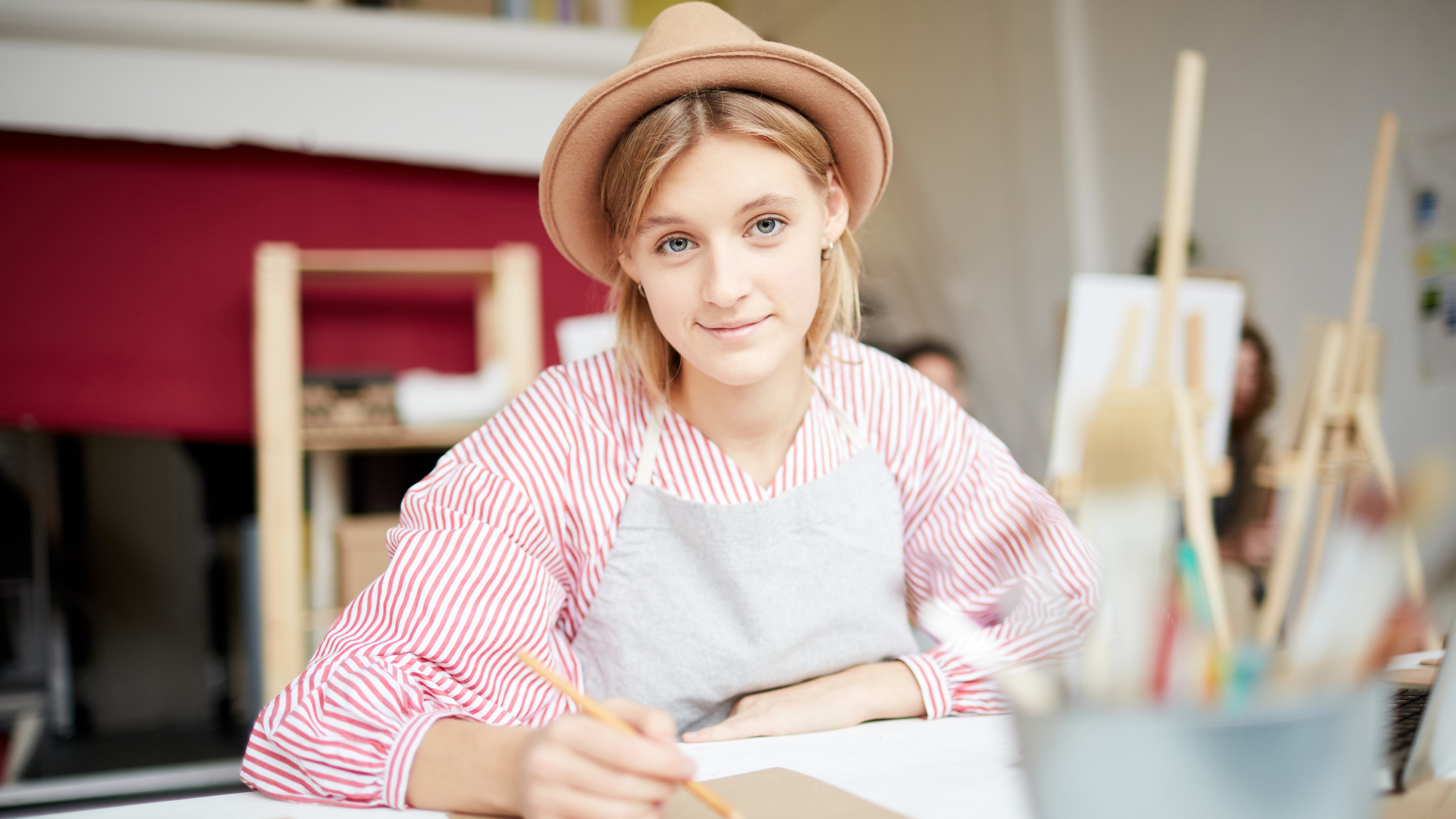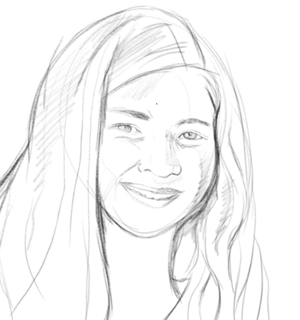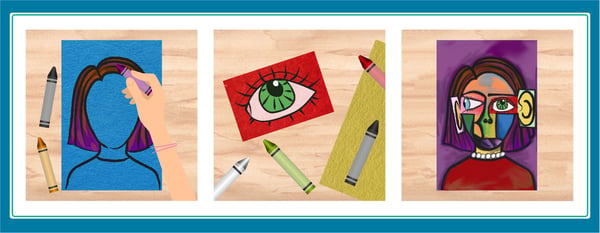
Many people have the impression online art education is limited to digital forms of art-making, such as using computer programs to create digital drawings. However, online art education encompasses so much more. In fact, art encompasses more than just the act of making art – it includes the whole artistic process.
Each artist has their own artistic process beginning with the initial artistic idea and ending with the presentation of the final masterpiece. Online art courses need to account for this complete process. Here are just a few ways that the stages of the artistic process can be taught online.
Inspiration
Artists are excellent at observing their environment for inspiration. Effective art education allows students to explore their surroundings to find their own inspiration. This discovery process can be facilitated online by guiding students with open-ended questions. These questions allow students to consider all aspects of their artwork and use their creativity instead of being told exactly what to do. Here are a few examples:
- What kind of art materials would best represent your idea?
- Which colors work best in the background?
- If the feeling happy were a shape, what kind of shape would it be?
Having students perform observation activities like sketching or studying their environment can also help to get their inspiration flowing. They can be guided to become mindful of textures, colors, and shapes in their surroundings, which can become a source of inspiration later in the creative process.

Experimenting
Artists experiment with non-traditional materials, and they often work with regular materials in new, exciting ways. Students of any age can practice experimentation by playing with artistic materials. For example, they can create sculptures outdoors using leaves, twigs, and rocks. They can transform old plastic bottles into an animal sculpture.
Students can experiment with traditional materials like pastels and paint through guided play. For example, they can layer pastels over a painting, or they can practice watering paint down and applying it with different types of paintbrushes. Creating art for experimentation purposes can help students gain mastery because it allows them to gain familiarity and confidence with the art material.
Planning
An effective online art course should steer students to brainstorm and plan out final works of art. Presenting students with open-ended questions during the planning process allows them to begin thinking about art in unconventional ways. Encourage students to conduct artistic investigations that allow them to explore the inspiration and history of the artists they study. Direct students to sketch out their ideas as they develop their plan.
In teaching art online, is important to remember that while many artists plan before creating artwork, some artists dive right in to creating. Therefore, it is also important to incorporate projects that allow students to work without a plan. When students are presented with a balance of opportunities to create works with a preconceived plan in addition to spontaneous works, they will complete the course with a well-rounded approach to artistic creation.
Creating
In an online learning environment, it is important to guide students to complete artistic projects using a step-by-step process. Text can be used to provide instructions. Images can be used to provide visuals to accompany text-based instruction. Consider incorporating videos to demonstrate challenging steps or show the process from start to finish.

While structured steps are important in guiding students through an artistic process, it is also important to allow students ample freedom to exercise their own creativity. Aim to keep a balance between developing your students’ foundational art skills and allowing them to make creative choices.
Presentation
An artist thinks about where, how, and why their artwork will be presented to viewers. When teaching art online, it is important to instill this skill in your students. Incorporate examples of how artwork can be displayed to the public in your course content. For example, artist Andy Goldsworthy creates temporary sculptures outdoors using natural materials and documents them by taking pictures.
Inform your students about which materials last the longest and why. Oil paintings on canvas may last longer than a watercolor painting on thin paper. Teach your students to think about the purpose behind their creations. Encourage your students to use their artistic intention to guide their choices about the presentation of their artwork.
As you embark on the journey of teaching art online, remember that a hands-on subject does not have to be limited in an online learning environment. Please share your ideas for teaching art online in the comments below. To learn more about the online art courses offered by Lincoln Learning Solutions, explore our course catalog and send us an email for information.
 Danyelle Roadman is an art teacher at Lincoln Learning Solutions and has been teaching art online for the past five years. She has also assisted in the development of Lincoln Learning Solutions’ art courses. In her spare time, Danyelle enjoys traveling, writing, reading, and creating her own artwork.
Danyelle Roadman is an art teacher at Lincoln Learning Solutions and has been teaching art online for the past five years. She has also assisted in the development of Lincoln Learning Solutions’ art courses. In her spare time, Danyelle enjoys traveling, writing, reading, and creating her own artwork.
Related Posts
Online Art Education: Overcoming the Hurdles Part 2
As we continue our series on addressing the challenges brick-and-mortar art teachers face in the...
Create an Art Journal
As the COVID-19 quarantine continues, consider helping your child create an art journal to express...
Online Art Education: Overcoming the Hurdles Part 1
The COVID-19 pandemic has shaken education dramatically. Students and teachers alike are now...